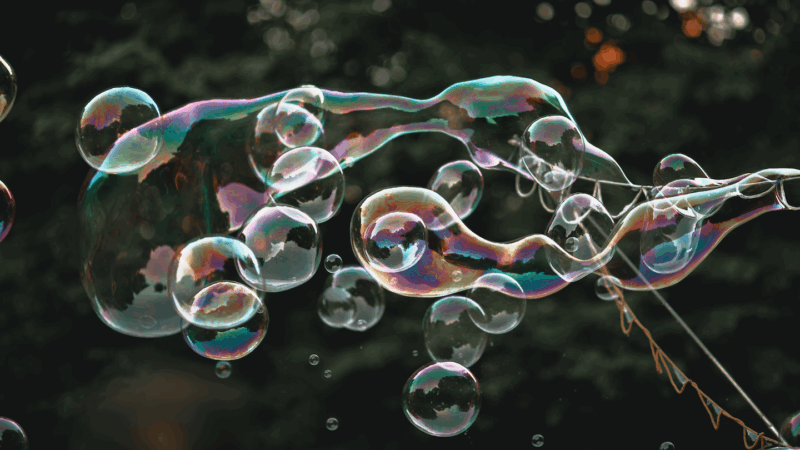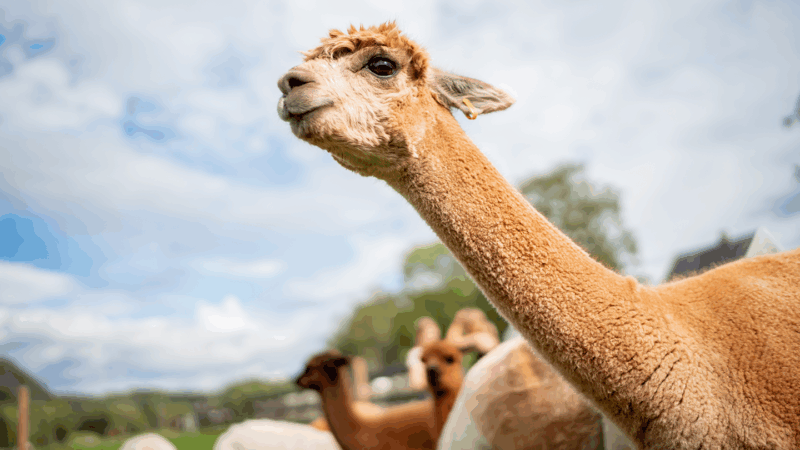[vc_row css_animation=”” row_type=”row” use_row_as_full_screen_section=”no” type=”full_width” angled_section=”no” text_align=”left” background_image_as_pattern=”without_pattern”][vc_column][vc_column_text]Grab your friends, some old newspaper, and a pair of used pantyhose. It’s time to make some recycled paper!
Here’s What You Need
- Food processor or an old blender
- Wire hanger
- Pair of panty hose
- Newspaper or other paper, torn into 2-inch squares
- White glue
- Tablespoon
- Large flat bottom container (a little wider that the sheet of paper you want to make)
- Water
- Food coloring or brown/red onion peels (optional)
Here’s What You Do
First, let’s make the frame for our sheet of recycled paper. Stretch the hanger and bend it into a rectangle/square shape. Take one leg of the panty hose and stretch it carefully over the hanger frame. Make sure it is tight and flat. When you are done, you should have something that resembles a tennis racket!
Next, let’s make our pulp mixture. Put a handful of the torn newspaper and some water into the food processor or blender. Blend the mixture on high until it becomes mushy. Keep adding paper and water until you have a big gray blob of mush. You may have to add a little more water to keep things moving smoothly. Keep the food processor on until all the bits of paper have disappeared. If you want to add a little color to your paper, add a handful of brown or red onion skin (not the onion itself, just the papery outer skin) or a few drops of food coloring.
Add about 4 inches of room temperature water to your flat bottom container. Scoop out about your blog of mush and mix it into the water. Add 2 tablespoons of white glue into water and mush mixture. Now, carefully mix it with your hands.
Time to make some paper! Carefully, place your pantyhose covered hanger on the bottom of the flat bottom container filled with the water and mush mixture. Make sure you have plenty of the mush floating around above the hanger. Now, slowly lift the hanger out of the water. Make sure you keep in horizontal as you lift it. The slower you lift the thicker your paper will be. After you lift the hanger completely out of the water, hold it over the container to let the excess water drain out for about a minute. You should see a thin layer of the gray mush covering the pantyhose on the hanger. Don’t touch it! It is very fragile at this point.
Lay the mush covered hanger flat in the sun or in a window sill. It will take a while to dry. Depending on the temperature and the amount of sun, your paper could take anywhere from a couple of hours to an entire day to dry. Keep checking it from time to time. When it looks like it is completely dry, you can carefully peel your sheet of paper off of the pantyhose. Congratulations, you just made your first piece of recycled paper!
The Science Behind The Paper
Recycling is the process of taking a used item and breaking them down to create a new product. In this activity, you took newspaper, broke it down, and made a new sheet of recycled paper. Paper is made from a natural material called cellulose. This special material is found in the cell wall of many plant cells. Long ago, people figured out how to get the cellulose out of wood and use it to make paper. Often, paper is made from pine trees. One pine tree produces about 8,000 sheets of paper. However, it is estimated that we use about 71 trillion tons of paper each year. That’s a lot of paper and a lot of trees. In order to conserve the number of trees used in making paper, some people have figured out how to recover the cellulose needed to make paper from used paper. Today, about one third of the paper we use is recycled or contains recycled cellulose.
In this activity, you used the blender or food processor to separate the newspaper into individual strands of cellulose. When you placed the blob of mush in the water, these fibers began to float around. If you would have tried to make paper with this mixture, it would have result in brittle paper because the cellulose fibers aren’t really great about sticking to each other without a little help. That’s why we added a little glue to the mix. It helps the individual fibers of cellulose to stick to each other and makes the final piece of paper much stronger![/vc_column_text][/vc_column][/vc_row]

















